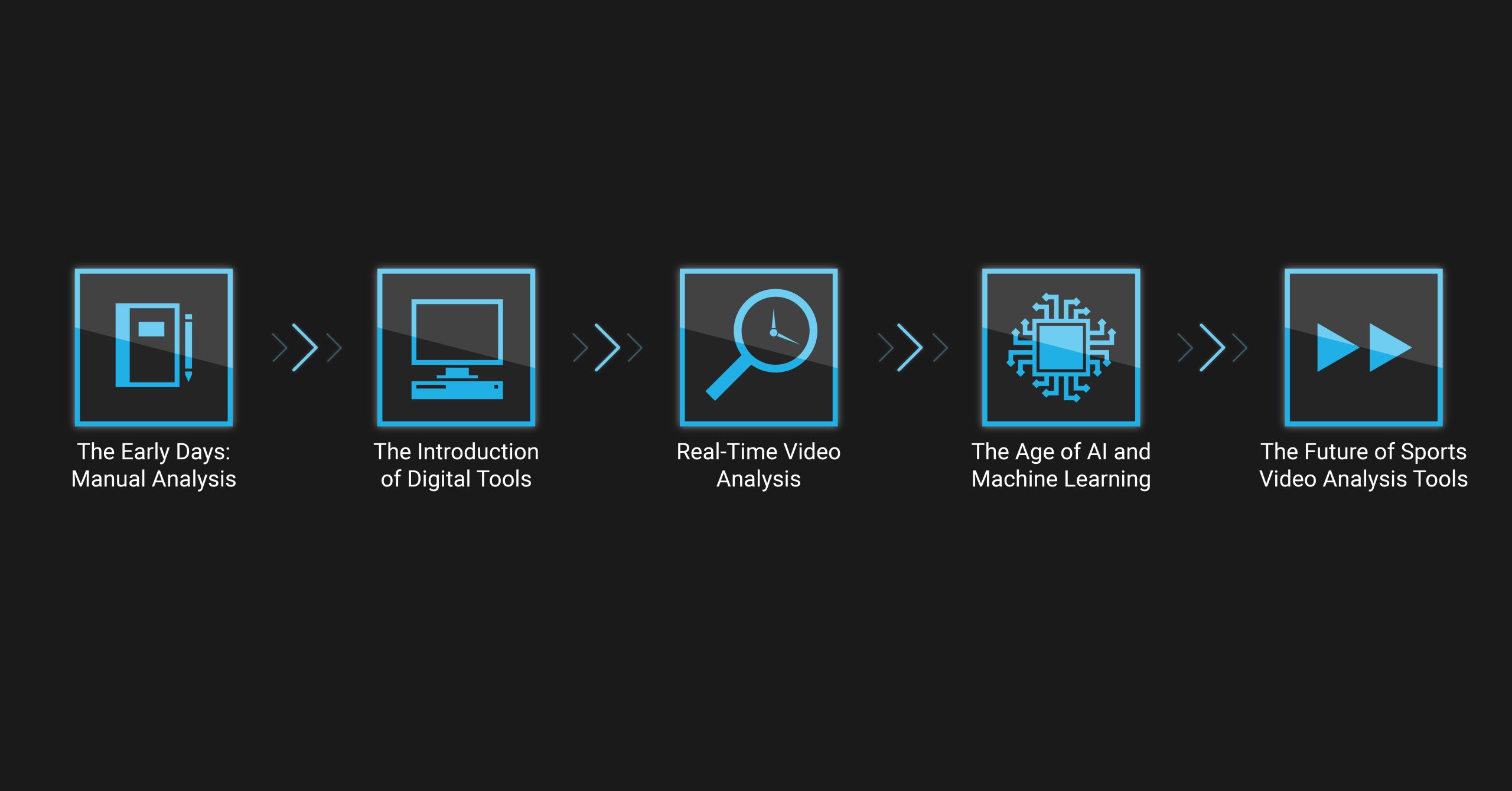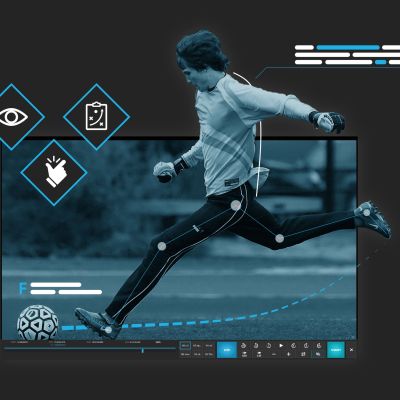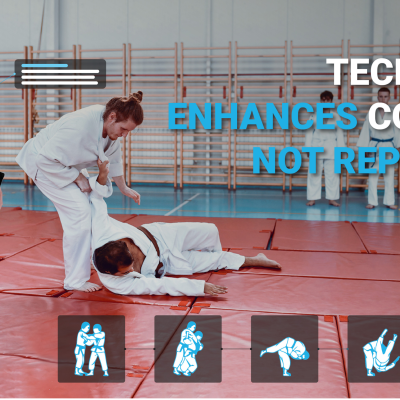
Sports video analysis has come a long way in recent years. What started as manual, time-consuming reviews of game footage has evolved into an efficient, technology-driven process that provides in-depth insights with just a few clicks. From coaches and analysts to broadcasters and athletes, video analysis tools have transformed how sports professionals approach performance, training, and strategy. In this blog post, we’ll explore the evolution of sports video analysis tools and how they continue to shape the future of the industry.
1. The Early Days: Manual Analysis
In the early days of sports video analysis, everything was manual. Coaches and analysts would sit for hours, rewinding and fast-forwarding through VHS tapes to find key moments in games. These early methods, while effective for their time, were tedious and prone to human error. Analysts had to rely solely on their expertise and memory, with no technology to assist in tracking player movements or collecting data. Sharing insights with players often meant spending additional hours creating reports or marking up film by hand.
2. The Introduction of Digital Tools
As technology advanced, so did sports video analysis. The introduction of digital video formats and basic software tools allowed for faster, more precise analysis. No longer bound by physical tapes, teams could now store, access, and review footage more efficiently. Early software offered the ability to tag and categorize specific moments in the game, making it easier to track plays, player movements, and tactics.
This period also saw the rise of telestration tools, enabling coaches to draw on video frames and highlight important aspects of a play or a player’s position, which provided better visualization for team briefings.
3. Real-Time Video Analysis
One of the most significant breakthroughs came with the introduction of real-time video analysis. No longer limited to post-game reviews, teams could now analyze footage during live games. Real-time analysis offered an immediate advantage, allowing coaches to make strategic adjustments on the fly. This advancement gave teams more control over game outcomes and enabled faster, more data-driven decision-making.
In this era, video analysis tools became more accessible to a wider audience, from elite teams to grassroots levels. Real-time feedback also began to be integrated with performance metrics such as speed, distance, and positioning.
4. The Age of AI and Machine Learning
The most recent evolution of sports video analysis has been driven by artificial intelligence (AI) and machine learning. Today, AI-powered tools can automatically detect key events in games, such as goals, fouls, or turnovers, and generate instant highlights. These systems are capable of tracking every player’s movement, analyzing patterns, and providing detailed data on individual and team performances.
Machine learning algorithms can predict potential outcomes, provide recommendations for training, and identify patterns that may not be visible to the human eye. These advancements have made video analysis tools indispensable for sports teams, broadcasters, and analysts, offering a level of insight and precision that was unimaginable just a few years ago.
5. The Future of Sports Video Analysis Tools
As technology continues to evolve, the future of sports video analysis looks bright. We can expect to see further integration of AI, cloud-based solutions, and advanced analytics. Automated workflows will become even more streamlined, reducing manual intervention and allowing teams to focus on decision-making rather than data collection.
In the future, we might also see augmented reality (AR) and virtual reality (VR) becoming a regular part of video analysis, allowing teams to simulate game scenarios and replay events from multiple angles in an immersive environment.
Moreover, the continued improvement in data collection through wearable technology and IoT devices will allow for even more granular insights into player performance and team strategies.
How FairReplay Fits into the Evolution

At FairReplay, we recognize the transformative power of modern sports video analysis tools. That’s why we’ve developed solutions like FairReplay Recorder, FairReplay One and others that leverage AI, real-time processing, and intuitive interfaces to simplify video analysis. Our tools are designed to make video ingestion, conversion, and tagging faster and easier, whether you’re a professional team or a local sports academy. With FairReplay, we aim to be at the forefront of the ongoing evolution in sports technology.
The evolution of sports video analysis tools has been nothing short of revolutionary. From manual film reviews to AI-powered analysis, these tools have changed the way teams, broadcasters, and analysts approach sports performance. As we look to the future, we expect continued innovation that will further enhance how video is used in sports, making it an even more vital tool in improving performance, strategy, and fan engagement.







